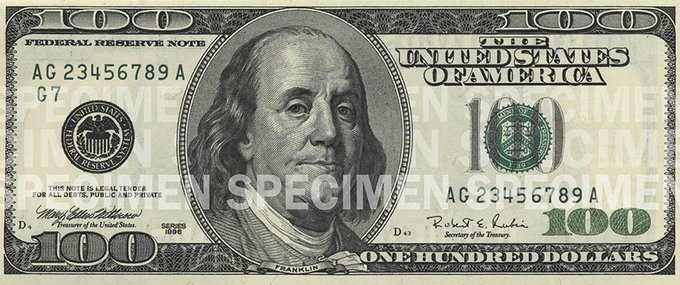Traders in Zimbabwe are rejecting US$100 notes issued between 1993 to 2013 or any other (white) notes saying they are too old, even if when they are still in good physical appearance.
In some cases, the traders are in the tendency of offering a lower rate on such notes, while favouring newer (bluish) notes.
However, the American government through its Embassy in Harare says its policy is that all designs of U.S. Federal Reserve notes remain legal tender, or legally valid for payments, regardless of when they were issued.
“This policy includes all denominations of Federal Reserve notes from 1914 to present,” says the US government.
According to the US government, Federal Reserve notes are redesigned primarily to make them easier to use but more difficult to counterfeit, adding that this does not mean that older-design notes are not secure.
Read US government’s position below;-
In fact, security features in older-design Federal Reserve notes, such as watermarks and color-shifting ink, have proven to be so effective they have been retained and updated for use in newer-design notes.
To authenticate a $100 note issued between 1996 and 2013, move your finger along the note’s surface to feel the raised printing, tilt the note to see the 100 in the lower right corner change from green to black, and hold the note to light to see the watermark and security thread.
You should also see red and blue security fibers embedded throughout the paper, and microprinting within the numeral in the lower left corner and in the left lapel of Benjamin Franklin’s coat.
Magnification may be necessary to view the microprinting.
Legal Tender
Note that it is U.S. government policy that all designs of Federal Reserve notes remain legal tender, or legally valid for payments, regardless of when they were issued. This policy includes all denominations of Federal Reserve notes, from 1914 to present as per 31 U.S.C. § 5103.
The Federal Reserve Board recognizes that in some countries there may be different exchange rates or acceptance policies for foreign currencies, but markets, rather than the U.S. government, control these rates.
-Zwnews













